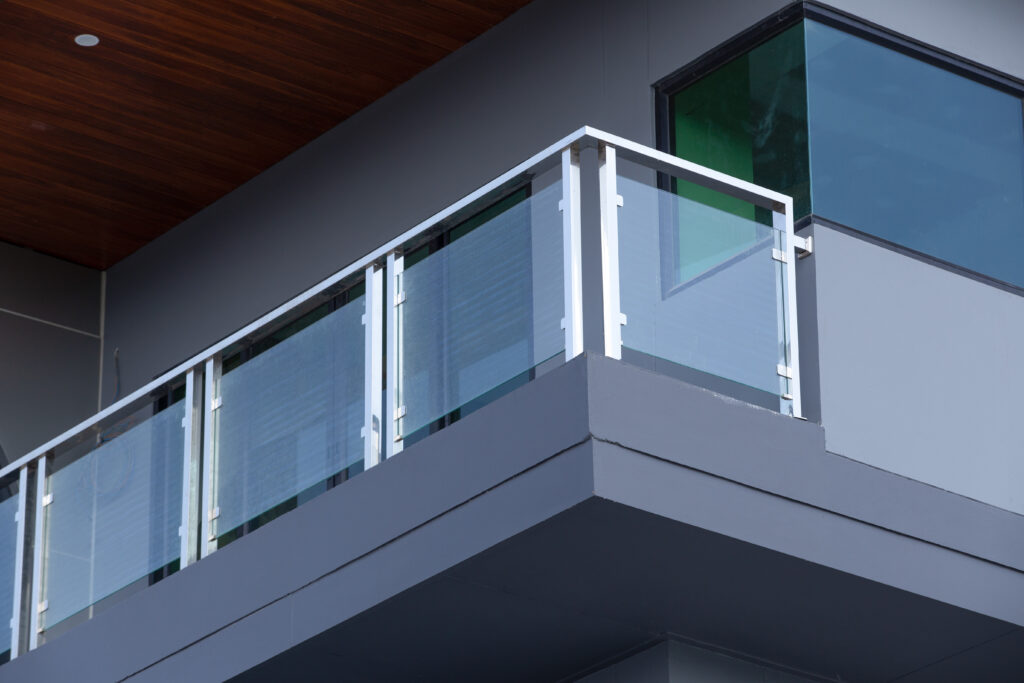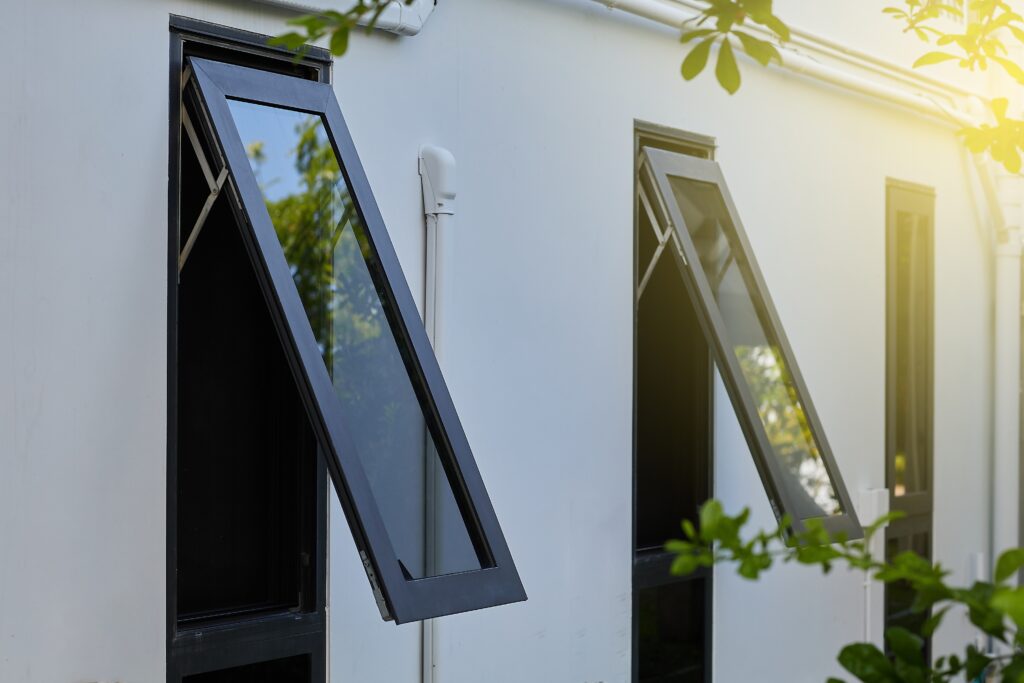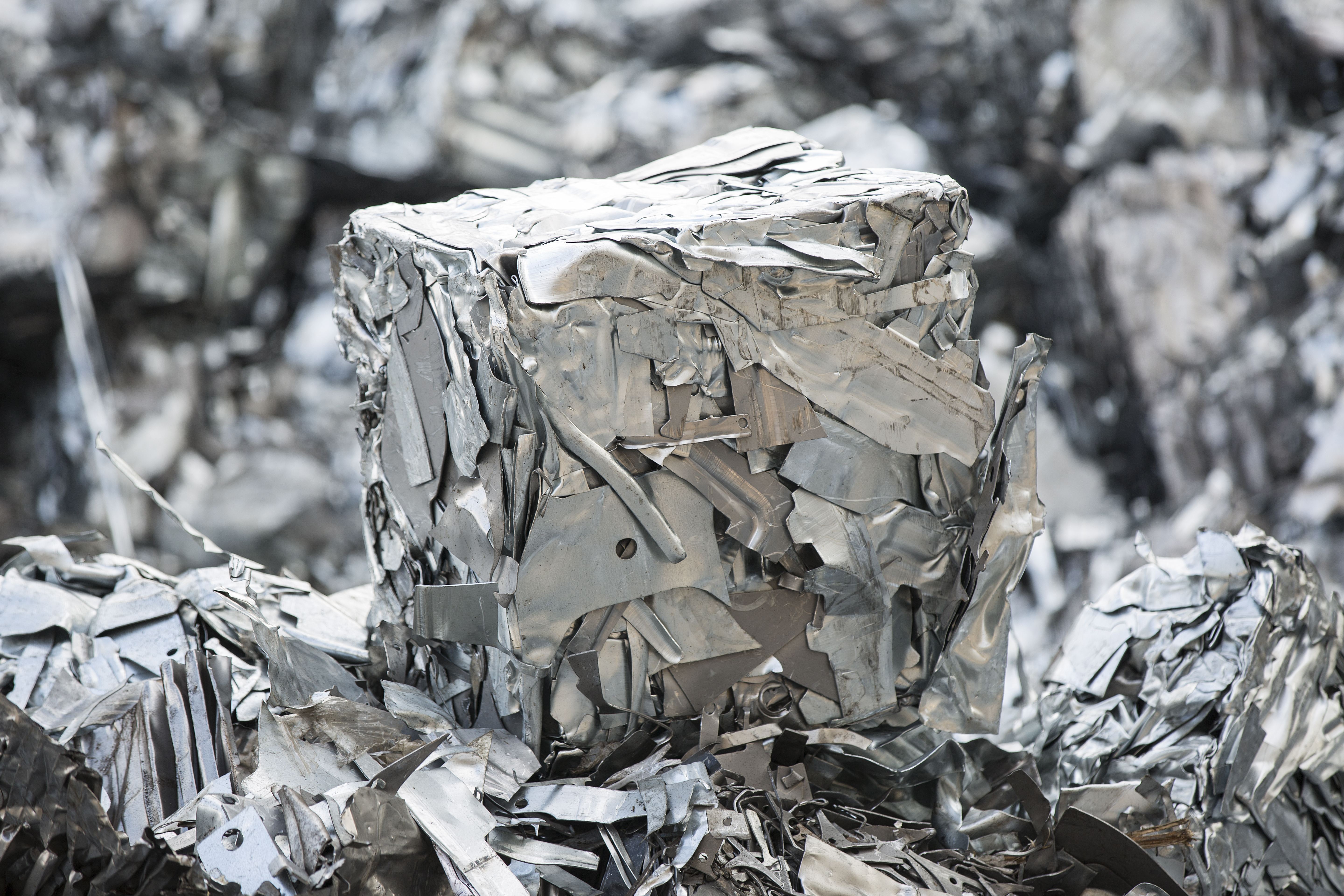Is Aluminium Sustainable?
Is aluminium sustainable? Yes! But there are many factors to consider before choosing this material for your project. For example, there may be environmental concerns that don’t make it as eco-friendly as believed.
In this article, we’ll answer all your questions regarding the sustainability of aluminium, including:
- Is aluminium sustainable?
- Why is aluminium sustainable?
- How sustainable is aluminium compared to other materials?
- What are the benefits of recycling aluminium compared to production?
- What are the general benefits of aluminium?
- How can I recycle aluminium?
- Is aluminium eco-friendly?
- What are the primary environmental concerns associated with aluminium production?
Is Aluminium Sustainable?
Yes, once production has been complete, aluminium is an extremely sustainable material. In fact, there’s not one piece of aluminium that cannot be reused, making it 100% recyclable.
Almost 75% of originally-manufactured aluminium is still being used today. The UK’s recycling rate achieved a record 68% in 2021, with over 156,000 tonnes collected. But how is this possible?
Is Aluminium Eco-Friendly?
We’ve answered ‘is aluminium sustainable?’, but is it also eco-friendly? Despite it being reusable, that doesn’t mean it’s actually good for the environment. You must consider how it’s extracted, manufactured and disposed of as well as its general benefits.
So, is aluminium eco-friendly? Yes. As a whole, aluminium is extremely environmentally friendly. Compared to the majority of metals, it is one of the healthiest materials we could utilise. Because of this, it’s one of the most used materials across the world.
Why Is Aluminium Sustainable and Recyclable?
Simply put, aluminium is a lot easier to recycle than other materials. During the COVID-19 pandemic in 2020 when it was mandatory to stay indoors and work from home, the UK saw a massive increase in recycling as a whole. And once the regulations were lifted, people continued to recycle.
Aluminium is a popular material because of its weight and strength in comparison to its counterparts, weighing 65% less than steel. As an all-rounder material, aluminium has a huge advantage over other materials and is widely used in anything from everyday items to infrastructure.
However, with the production of aluminium being an environmental concern, it’s important to recycle and reuse what we’ve already fabricated. In order to meet our climate goals, why wouldn’t you choose a strong, sustainable material compared to less popular options?
What Are the Benefits of Recycling Aluminium Compared to Production?
Aluminium isn’t just a generalist material, but a brilliant way to reduce carbon emissions if recycled instead of produced. There are many advantages that come with this sustainable material, including:
- Aluminium can be recycled multiple times without losing its properties
- Recycling uses 95% less energy than producing new aluminium
- Reusing it sees a massive reduction in greenhouse gases
- There is more bauxite when we need it most (the primary source of aluminium)
- Vehicles using aluminium use 20% less energy
- Its carbon footprint has dropped at least half in the last 30 years
- Aluminium is key for renewable energy

How Sustainable Is Aluminium Compared to Other Materials?
As long as aluminium is recycled, it is typically considered sustainable, however, there are a few environmental problems upon extraction and its disposal.
Extraction
Aluminium is extracted through the Bayer process from a raw material called bauxite. Using this method requires a significant amount of energy, causing an abundance of emissions to be released into the environment that affects climate change.
However, there are new technologies with more efficient, eco-friendly ways to mine bauxite which reduce carbon emissions.
Fabrication
Even the manufacturing process poses problems, but once the aluminium has been mined and transported, its formation can be quality-controlled in a factory. Compared to other materials, it’s extremely malleable and easy to form, making the process much quicker.
While this causes more emissions, it’s important to note every extraction, manufacturing and disposal method can increase greenhouse gases and carbon footprints. However, using recycled aluminium can offset some of these problems.
Disposal or Recycling
As previously mentioned, it’s much more efficient to recycle aluminium rather than dispose of it. Causally binning it can cause a wealth of problems, including increased pollution, emissions, and a large build-up of scrap metal.
Although you no longer need or want the aluminium, you can either turn it into something new or give it away to someone who does need it. It’s important to consider those around you, if not protecting the environment and wildlife, then helping others reduce the amount of bauxite they extract.
What Are the General Benefits of Aluminium?
There is still a lot of research going into how to make aluminium more sustainable, but even before recycling aluminium, it has many benefits, including:
- It is extremely lightweight compared to its weight, making it easy to transport
- Aluminium provides incredible strength and durability
- Resistance to corrosion
- Buildings can be made longer-lasting
- Food packaging will be easier to ship
- With less need to replace materials, you can save money and reduce waste
- Non-toxic material with no odour
- Excellent reflector with thermal insulation
- Amazing soundproofing ability
- Incredible versatility across multiple applications
How Can I Recycle Aluminium?
Before recycling your scrap metal, you must ensure it is clean and dry. Otherwise, the recycling company may refuse to take it.
Depending on the size and type of aluminium you wish to recycle, you can:
- Put it in a recycling bin
- Take it to a local recycling centre
- Make use of kerbside recycling schemes
- Sell it
The general recycling process includes:
- Collection: Your scrap aluminium will be collected (or given) to a recycling company.
- Recycling: The company will take it and access the material before shredding and flatting the material, removing all decorations, melting it through a furnace, and then casting it into moulds.
- Selling and manufacturing: Once you have placed an order for some aluminium (for whatever that application may be), the recycled material will be designed into a bespoke shape for you.
- Distribution and installation: The reused aluminium will be shipped to you and installed, lasting for many years to come. If you decide you no longer need it, then the recycling process restarts.
Where Is Aluminium Found?
Aluminium was discovered in 1821 by French chemist Pierre Berthier in Southern France. However, it was not truly utilised until many years later. The majority of aluminium was found in Australia in the 1950s, but it’s typically found in every continent from Asia to Europe. In fact, Australia is the world’s largest producer of bauxite, using up to 100 million tonnes as of 2022.

Sustainable Aluminium at Lonsdale Metal
To summarise, is aluminium sustainable? Yes! While there will always be some environmental concerns, such as carbon emissions and running out of bauxite, there are ways we can offset these worries by recycling as much aluminium as possible. With all the benefits that come with reusable aluminium, why wouldn’t you choose it?
At Lonsdale Metal, we believe recycling and reusing aluminium is the right thing to do. We use the popular material for a variety of products, including flat rooflights and roof lanterns.
If you have a project in mind and think aluminium is the right material for you, contact us with any questions and details about your requirements. We’ll provide you with a non-obligation quote and a bespoke design to suit any property.


